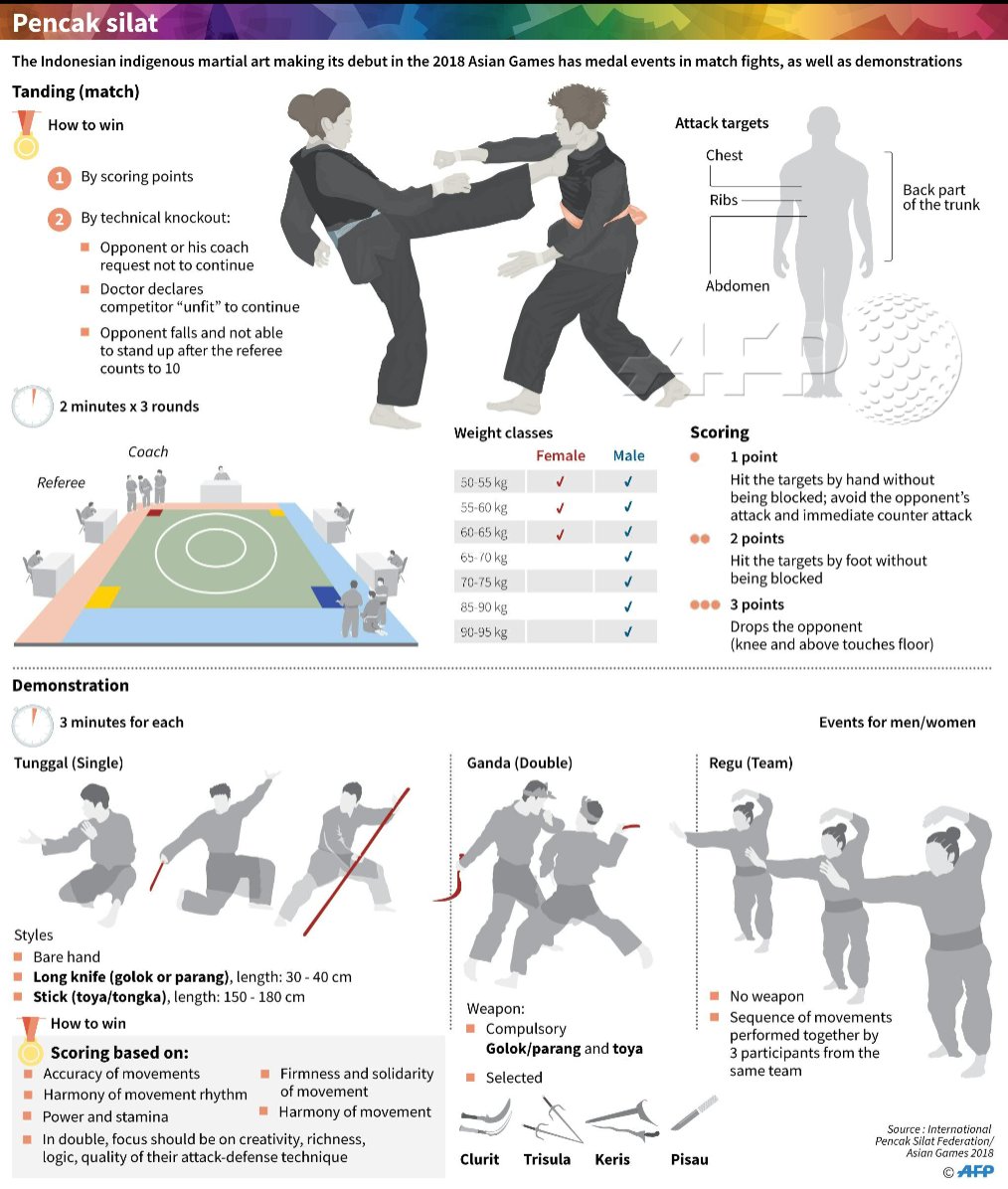Come Check Out The Captivating Globe Of Martial Arts, Where Ancient Practices Fulfill Contemporary Performance - A Trip Right Into Background And Ideology Waits For.
Come Check Out The Captivating Globe Of Martial Arts, Where Ancient Practices Fulfill Contemporary Performance - A Trip Right Into Background And Ideology Waits For.
Blog Article
Composed By-Fyhn Friedman
Step into the old world where martial arts were substantiated of necessity in diverse regions. Societies crafted special fighting styles intertwined with historic contexts. Strategies developed over centuries with committed practice and cultural exchanges. Today, modern-day martial arts blend typical elements for optimal effectiveness. Philosophically, martial arts highlight self-control, self-improvement, and consistency. Regard, humbleness, and balance are foundational principles leading practitioners in the direction of growth and resilience. Discover the depths of this rich history and ideology to discover the extensive impacts forming this enduring technique.
Origins of Fighting Style
Fighting style came from different areas all over the world, progressing as practical battle systems to resist dangers. These old battling designs were created out of necessity, with each culture crafting methods suited to their special atmospheres and challenges. From the grappling arts of Jujutsu in Japan to the striking techniques of Martial art in China, martial arts were deeply linked with the historic, social, and social fabric of their particular cultures.
In Japan, the samurai course polished martial arts like Kenjutsu, the art of the sword, which later advanced into the more promoted kind of Kendo. On the other hand, in Brazil, Capoeira emerged as a mix of dancing and battle, created by enslaved Africans as a means to withstand fascism. Each fighting style brings with it an abundant background and viewpoint, mirroring the values and ideas of individuals who exercised them.
As read the article explore the beginnings of martial arts, you reveal a tapestry of human resourcefulness, strength, and the unrelenting spirit of warriors throughout time.
Development of Methods
With centuries of method and improvement, fight strategies within numerous martial arts have actually undergone an extensive development. From ancient designs like Kung Fu and Karate to more contemporary disciplines such as Brazilian Jiu-Jitsu and Krav Maga, the development of techniques has been driven by a mix of social impacts, practical applications, and technological developments.
One considerable aspect of this advancement is the cross-pollination of methods between different martial arts. As an example, methods from conventional Japanese Jiu-Jitsu were included right into the production of Judo by Jigoro Kano in the late 19th century. This mixing of designs has actually caused the advancement of crossbreed martial arts like Mixed Martial Arts (MIXED MARTIAL ARTS), which incorporate components of striking, grappling, and submission techniques.
Furthermore, please click the next web page of methods has been formed by the raising focus on performance and effectiveness in combat. Professionals have actually continuously looked for to improve their methods via rigorous training, trial and error, and competition, resulting in the growth of highly specialized and reliable fighting styles. Overall, the evolution of techniques in martial arts shows the vibrant nature of combat and the recurring pursuit for improvement and technology.
Philosophical Foundations
Exploring the underlying philosophical concepts of martial arts gives insight right into their core worths and guiding beliefs. At the heart of lots of martial arts self-controls is the principle of technique itself. By training your mind and body to work as one cohesive unit, you cultivate discipline that prolongs beyond the dojo or fitness center right into everyday life. This self-control encompasses respect, humbleness, and self-discipline, forming not just your physical abilities yet additionally your character.
One more basic philosophical structure in martial arts is the concept of continuous self-improvement. The journey of understanding a fighting style is relentless, with specialists continuously making every effort to much better themselves, both literally and mentally. This concentrate on growth fosters strength, willpower, and a development state of mind that can be related to all facets of life.
Moreover, martial arts emphasize the value of consistency and balance. Strategies are made to use a challenger's energy versus them, highlighting the principle of yielding and rerouting force as opposed to meeting it head-on. This ideology encompasses interpersonal partnerships, promoting relaxed resolutions and mutual understanding. By embracing these thoughtful structures, martial artists not only improve their combat skills but also cultivate a way of living fixated personal development, respect, and consistency.
Conclusion
To conclude, the history and philosophy of martial arts use a rich tapestry of practice, self-control, and self-improvement.
Take for example the tale of Bruce Lee, that transformed martial arts by blending various styles and ideologies to develop his very own one-of-a-kind kind of Jeet Kune Do.
With commitment and development, martial musicians continue to press borders and motivate others to reach their complete capacity both in battle and in life.
